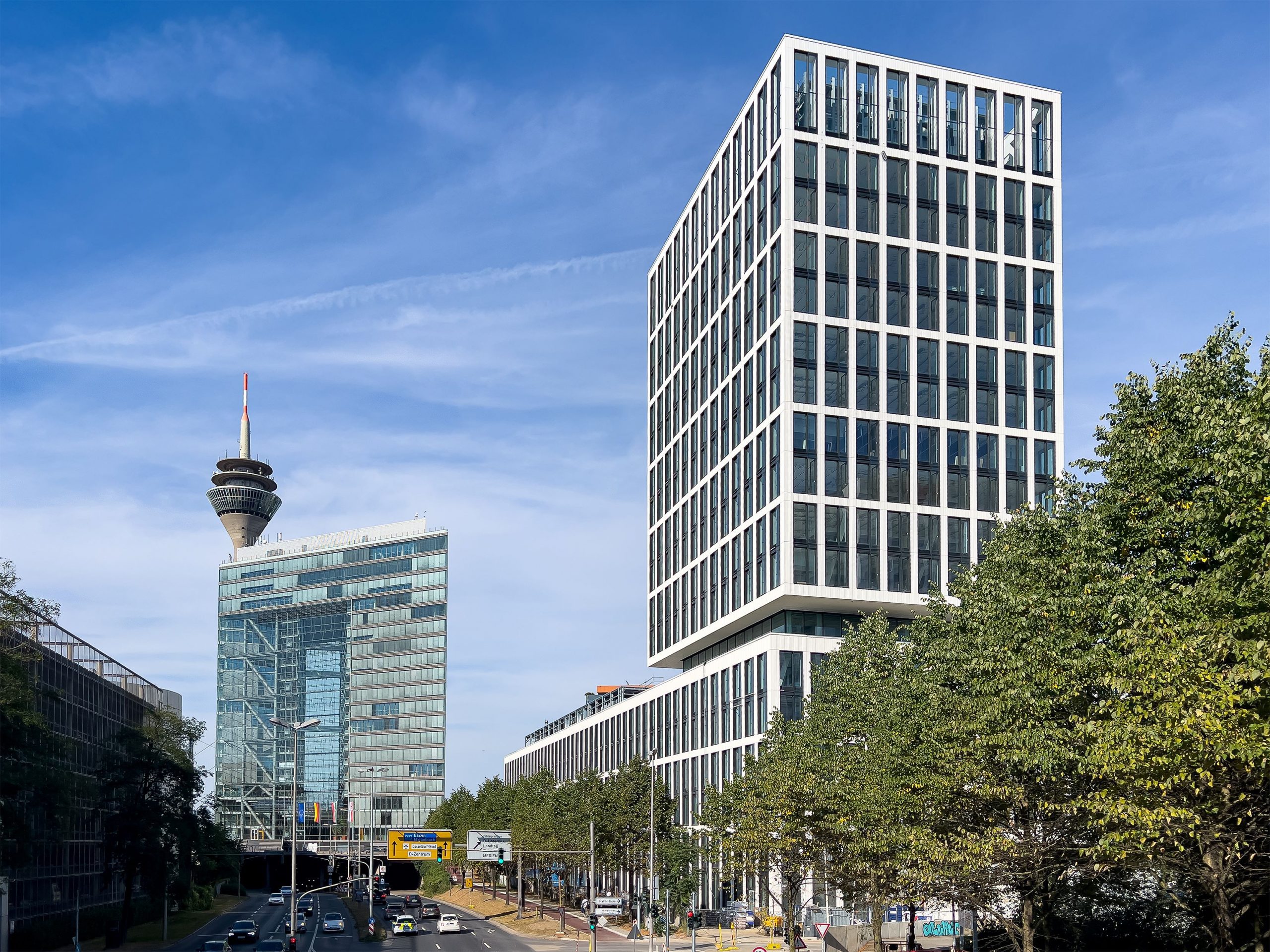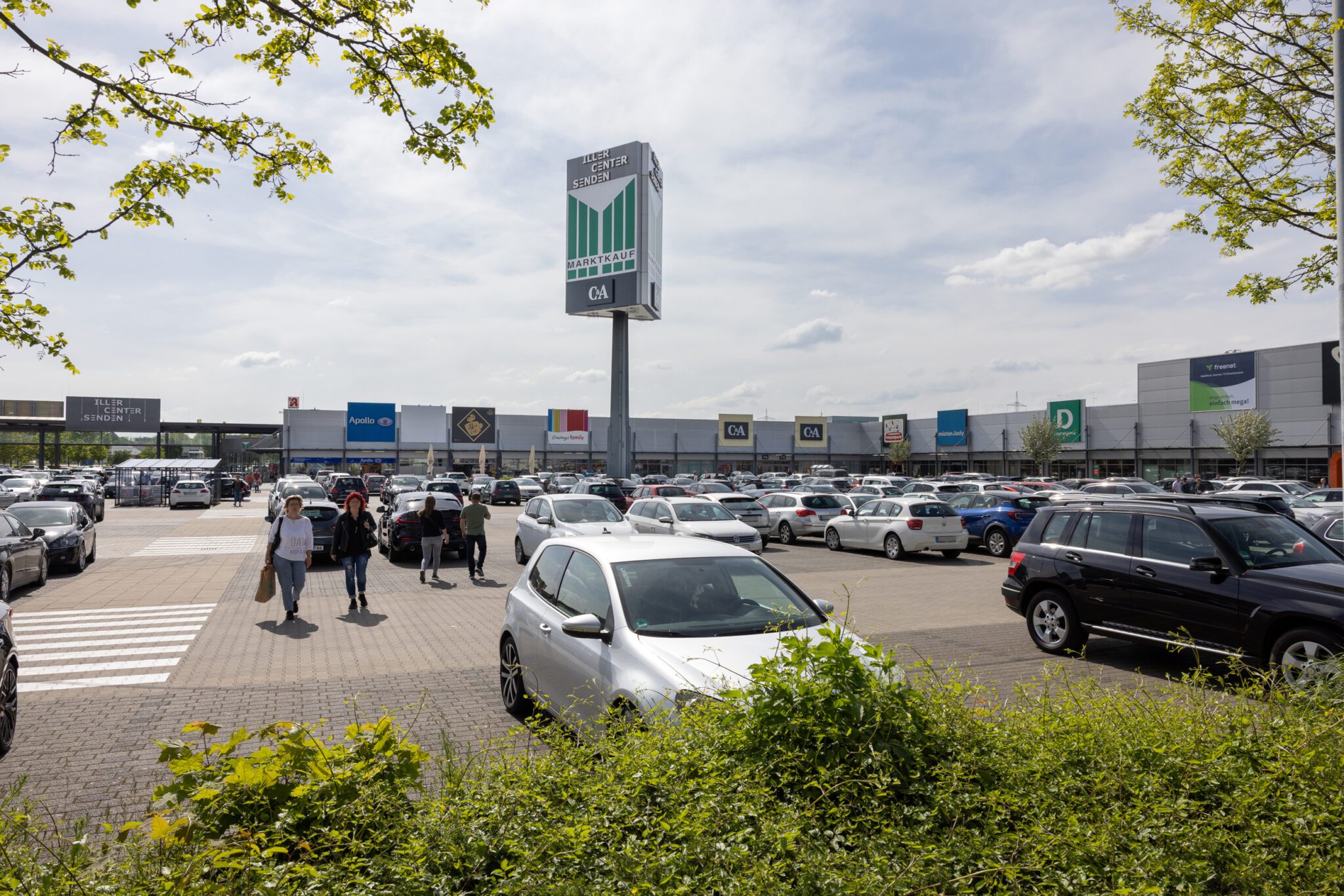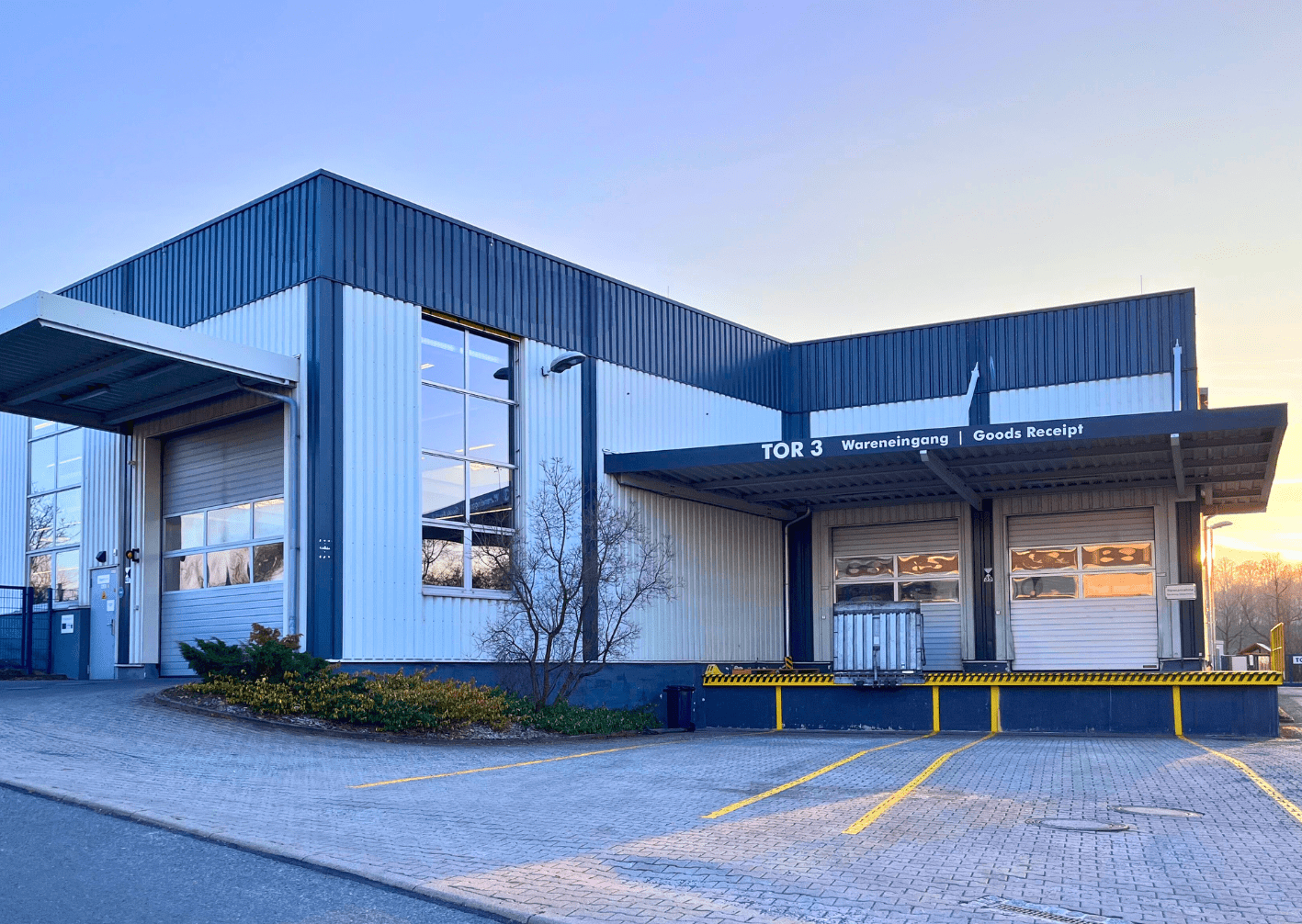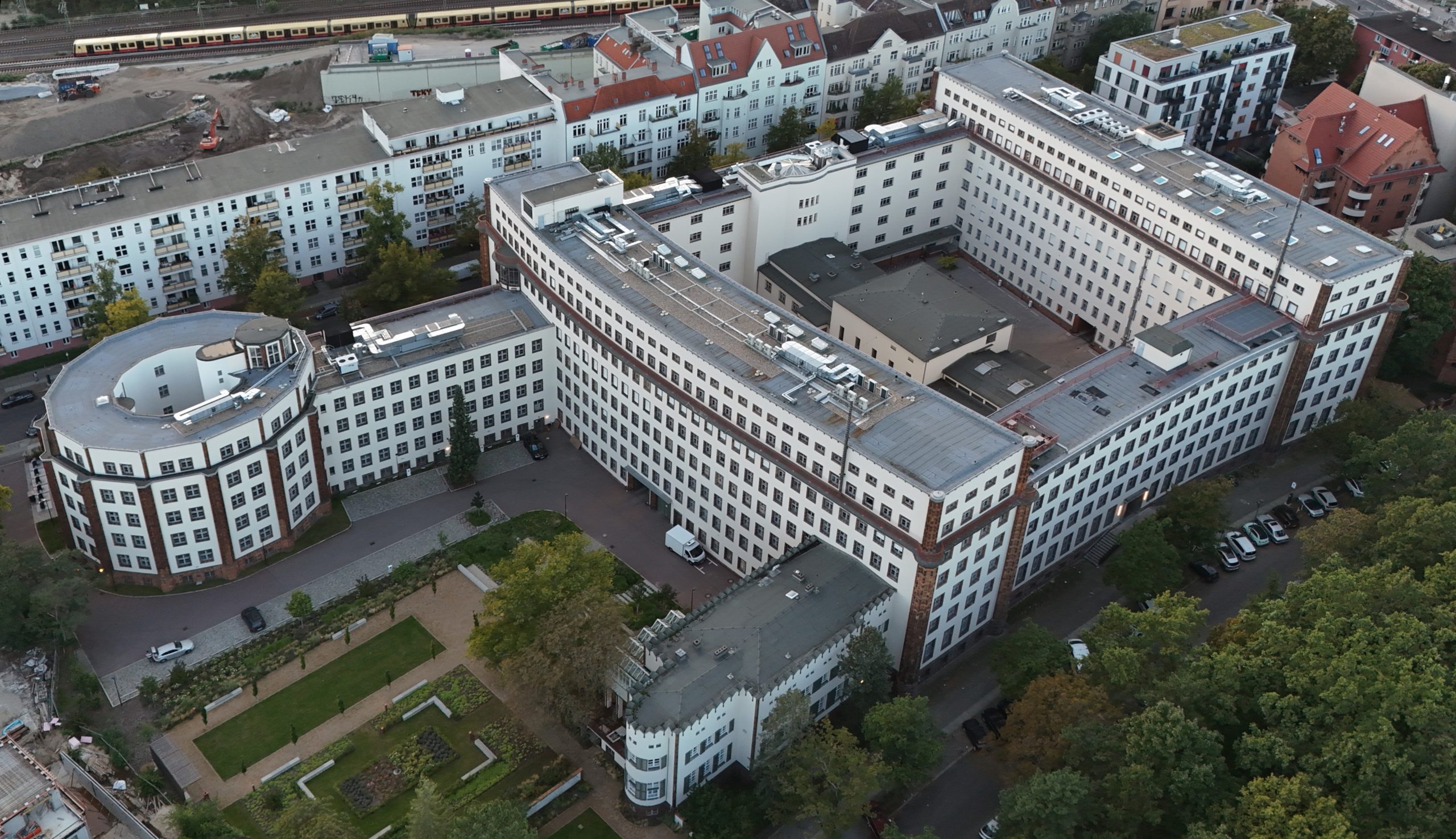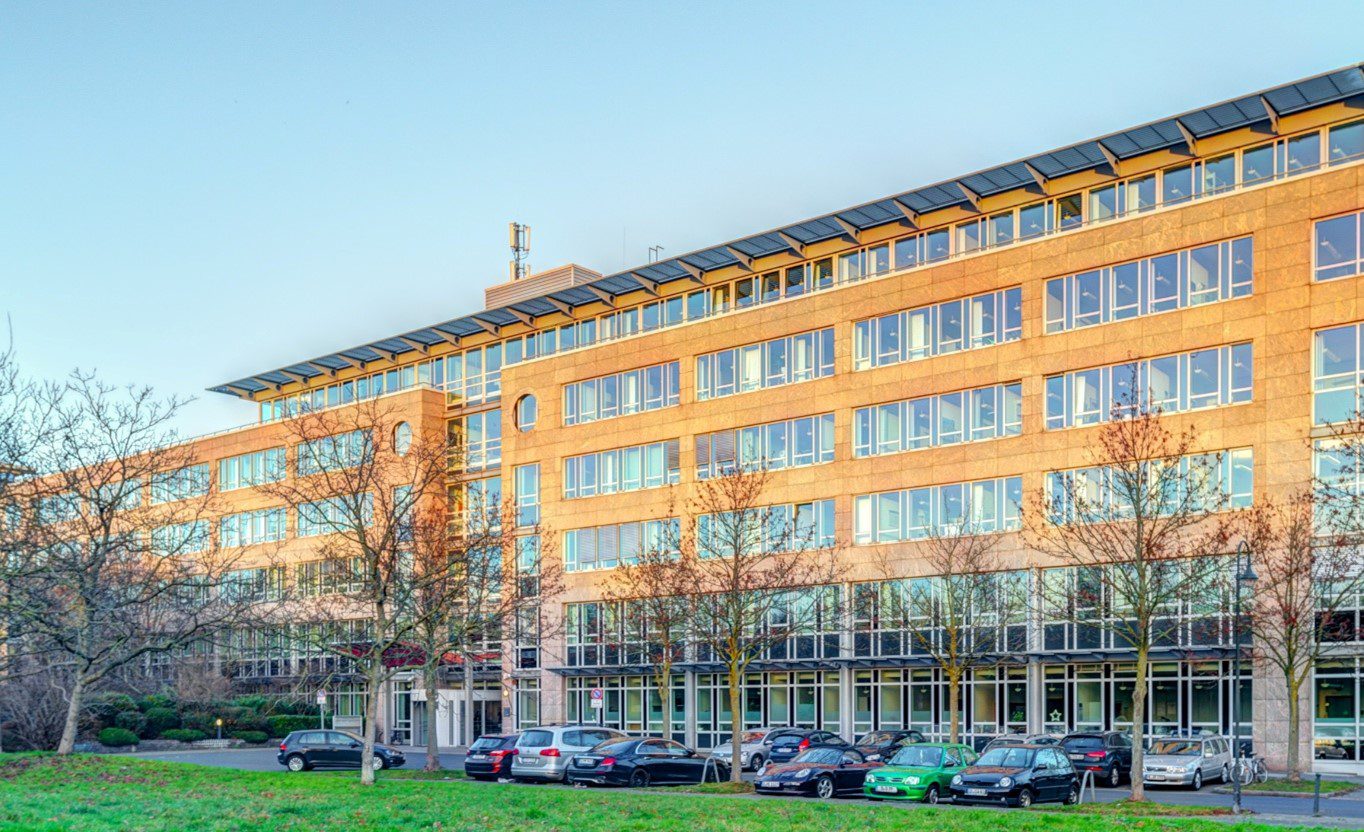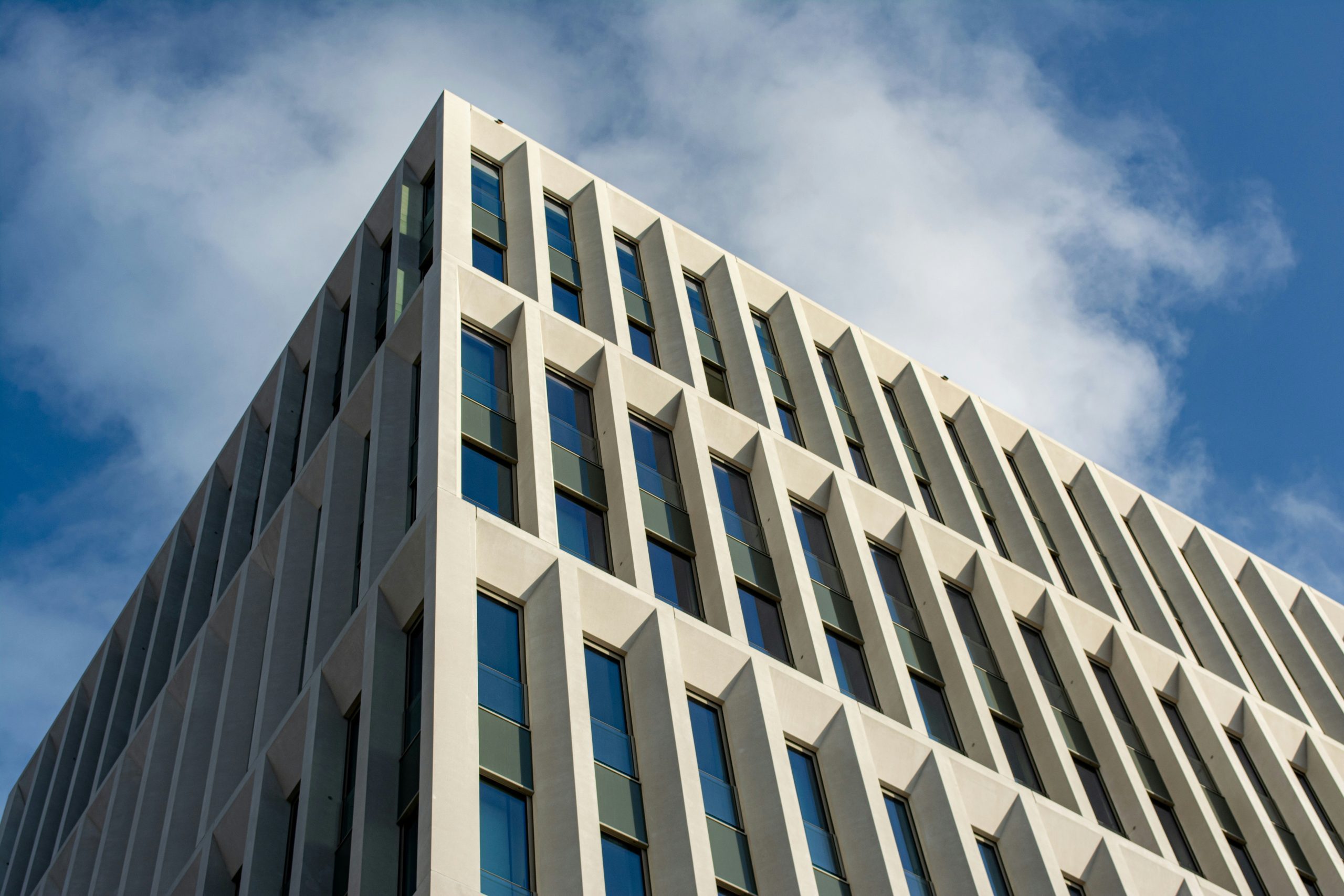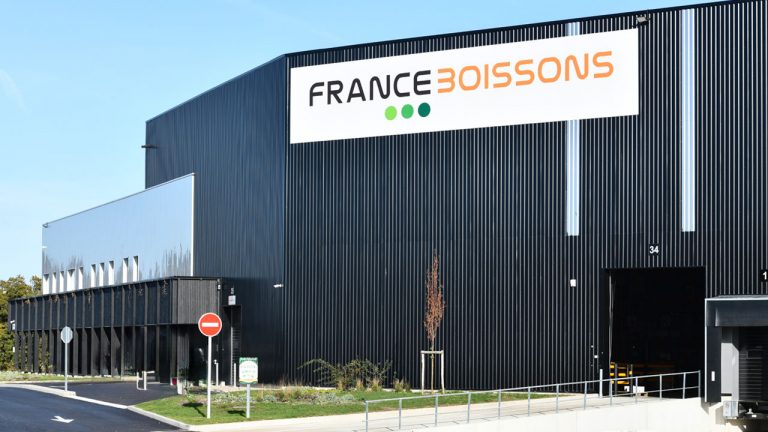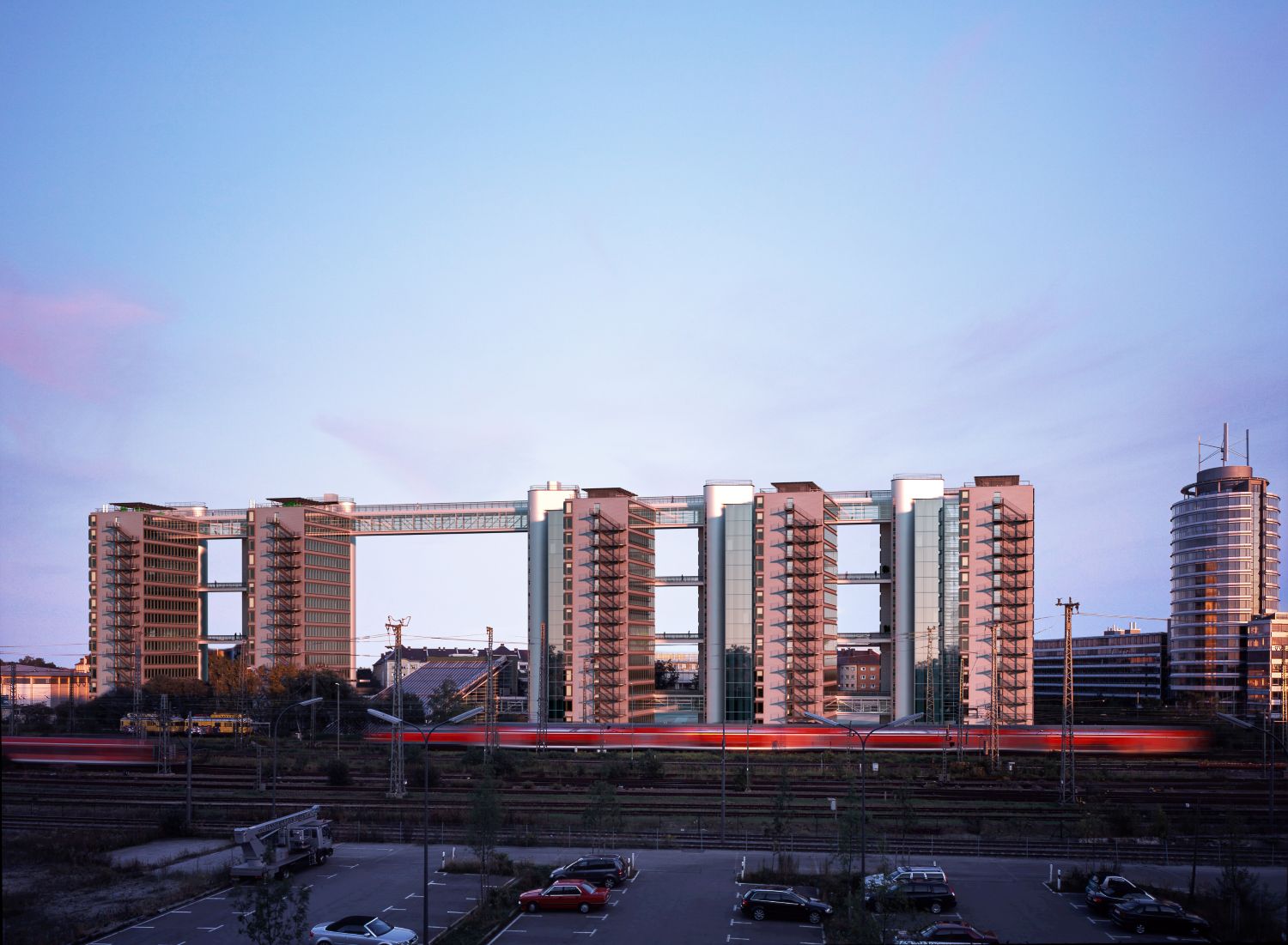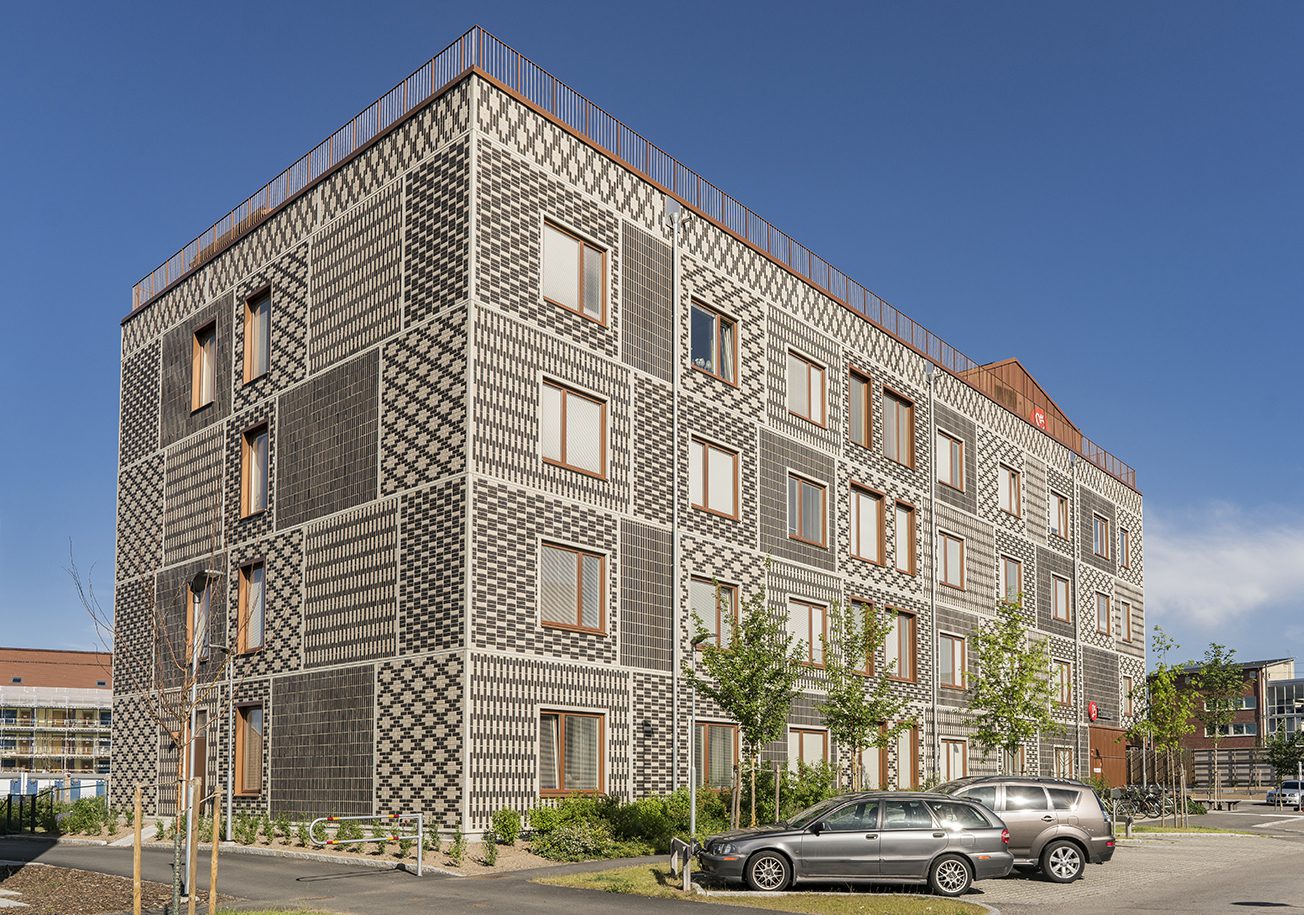Example heading
The German residential investment market recovered strongly in 2024 and recorded an increase of 29 percent to 42.5 billion euros. This development is driven by high demand for housing, rising rents and low supply as a result of a sharp decline in new construction activity. Institutional and private investors are increasingly focusing on existing properties, ESG-compliant properties and portfolios. Transaction activity is expected to remain high in 2025/2026. This is the result of the current report by Colliers “Housing Market Germany – Facts, Trends & Perspectives 2025/2026”.
“Despite the challenging economic environment, the German housing market has stabilised noticeably since 2024. The increasing investment activity and the attractive price level open up an interesting entry window for investors. Rising rents and long-term intact demand drivers underpin the status of residential real estate as a reliable asset class,” says Florian Tack, Head of Residential Germany at Colliers.
Housing shortage is getting worse
Although immigration has been lower since 2024 than in previous years, an increase of 1.02 million households is expected by 2040, which corresponds to an increase of 2.4 percent. In the top 7 cities, the forecast is 8.7 percent household growth. This development will further increase the demand for housing, while the supply situation is tense.
The number of completed apartments fell by 14 percent to 251,900 units in 2024 – the lowest level in nine years. Of these, only 135,300 are for classic rental housing. In addition, the time from approval to completion increased to an average of 26 months and the number of building permits fell by 17 percent. These developments are causing further declines in completions: forecasts assume up to -35 percent by 2027.
“Although the federal government is showing political will to act with the ‘housing construction turbo’, we consider the first noticeable effects to be realistic in three years at the earliest. Until then, an additional deficit will continue to build up. This also and especially affects low-income households,” explains Francesca Boucard, Head of Market Intelligence & Foresight Germany at Colliers. According to current estimates, there will be a shortage of 955,000 social housing units by 2030. To counteract this, the new federal government has budgeted a total of 23.5 billion euros for social housing construction for the period from 2025 to 2029. “This sum represents an important impulse, but will probably not be enough to improve the situation in the long term,” Boucard said. Rather, it is a stabilizing measure that can mitigate the problem in the short term, but does not offer a fundamental solution.
Micro-living with great potential
Small-scale forms of housing such as micro-living take on a compensatory role, as they temporarily ensure access to the housing market. In many cities, the share is already over 40 percent of the total rental housing supply. Colliers expects further growth in the coming years – the increasing number of single-person households in particular is considered a key driver. By 2040, their number is expected to increase by around 921,000 households in Germany, of which around 516,000 are in the 50 largest cities alone. From an investor’s point of view, the segment convinces with high-yield operating key figures and a full development pipeline.
Rents are rising, but housing remains largely affordable
By mid-2025, existing rents in the top 7 rose by an average of four percent to 16.45 euros per square meter in a 12-month comparison, and by five percent to 23.95 euros per square meter at their peak. In the largest 50 cities, average rents climbed to 11.75 euros per square metre (+ five per cent in a 12-month comparison), while prime rents climbed to 18.50 euros per square metre (+ seven per cent in a 12-month comparison).
In the new construction segment, average rents in the top 7 cities in July 2025 were 21.80 euros per square metre (+ four per cent in a 12-month comparison), while prime rents were 29.00 euros per square metre (+ four per cent in a 12-month comparison). In the largest 50 cities, average rents rose by 7 percent to 18.30 euros per square meter, while prime rents rose by 5 percent to 26.35 euros per square meter.
The rent burden ratio increased slightly in the last twelve months up to mid-2025, but the overall momentum was weaker than in the same period last year, as household income also shows a positive trend. By mid-2025, the rent burden ratio was around 35 percent in the top 7 cities, which is a predominantly financially sustainable range for tenants.
Residential investment market most attractive type of use
The German residential investment market has been showing a clear upturn since 2024. On a long-term average, around 54 billion euros were turned over annually – almost as much as the entire commercial real estate market. In 2024, the share of residential use in the total transaction volume even rose to 63 percent.
The number of purchase cases in the top 7 cities rose by 28 percent to 2,924 in 2024, and by 25 percent to 8,254 in the remaining 45 cities surveyed. The transaction volume increased by 39 percent to EUR 9.73 billion in the top 7 and by 28 percent to EUR 7.89 billion in the other locations.
Gross initial yields for existing properties remained stable until mid-2025. In the top 7 cities, the prime yield is 3.85 percent, outside the top 7 at 4.5 percent.
Outlook
“After the price correction of recent years, the market has stabilized at a new level. The first price increases are already evident in the semi-institutional segment of residential and commercial buildings. With stable returns in the institutional sector, we expect prices to continue to rise overall. Residential investments thus remain a central portfolio component for institutional investors and are becoming even more important in a challenging economic environment,” Tack concludes.
You can download the full report here
